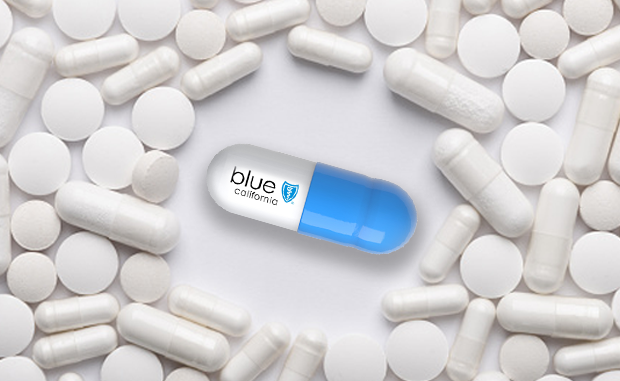

Will Blue Shield’s New Pharma Model Disrupt the PBM Market?

Earlier this year, Blue Shield of California (BSC) voiced displeasure to its pharmacy benefits manager CVS Caremark when the PBM was reluctant to cover a cheaper version of Johnson & Johnson’s generic prostate cancer drug Zytiga.
The J&J generic drug costs about $3,000 a month, said Paul Markovich, president and CEO of the nonprofit health insurer, in a recent interview with Yahoo! Finance. BSC managed to negotiate an alternative supply for about $160 a month, but it took five months to convince CVS to offer the cheaper alternative, Markovich added.
Critics say the current pharmacy system is expensive, complex and has distorted financial incentives, adding that PBMs keep too much of the discounts they negotiate and steer patients to costlier drugs to boost the rebates they get, or otherwise benefit their own bottom lines.
Reimagining Prescription Drug Plans
Few knew it at the time, but BSC was already far down the road in creating what it says is a new, more transparent system to get patients the right drugs at the right time at substantially lower costs. The tiff about the alternative drug to Zytiga only further convinced BSC of the need to launch a different pharmacy care model.
That new plan, unveiled earlier this month, will transition BSC’s drug supply management from CVS Health’s PBM to five companies — a move the payer believes will save its 4.8 million members as much as $500 million a year in drug costs or about 10% to 15% of what it spends on drugs annually.
BSC is taking a best-in-breed approach by aligning with the five companies, each of which has a designated function. The aim is to negotiate prices with drug manufacturers, with BSC retaining 100% of manufacturer rebates and passing those savings on to members, Sandra Clarke, BSC’s chief operating officer told Modern Healthcare. The payer says its partners share philosophical and technology standards to build a new, innovative model. The plan is slated to begin in 2025.
Four New BSC partners — and One Not So New
The program, part of Blue Shield’s Pharmacy Care Reimagined initiative, includes:
- Amazon Pharmacy will provide free delivery of prescription medications along with status updates, up-front pricing and 24/7 access to pharmacists.
- Mark Cuban Cost Plus Drug Company will be charged with establishing a transparent, more affordable pricing model aimed at reducing surprise drug pricing for consumers at the pharmacy pickup counter.
- Abarca will pay prescription drug claims while evolving its Darwin technology platform to new, simplified payment models.
- Prime Therapeutics will work with Blue Shield to negotiate savings with drug manufacturers to move toward a value-based model that aligns drug pricing to patient efficacy and health outcomes.
- CVS Caremark will provide specialty pharmacy services including education and high-touch patient support for members with complex medical conditions.
Whether this approach to separate PBM responsibilities will indeed prove to be a game-changer and bring the intended results drew diverse opinions from health care and financial analysts. Here are some key issues analysts will be watching to measure the program’s success.
4 Questions Raised by BSC’s New PBM Model
1 | Is the plan robust enough to work?
In a sentiment expressed by others, Bloomberg Intelligence analysts Jonathan Palmer and Jordan Dahan wrote that they were “skeptical that this approach is sophisticated enough and practical, yet it bears watching.”
2 | Is BSC biting off more than it can chew?
Coordinating so many different parties, some of whom have overlapping or competing businesses, could prove challenging, and the payer and its partners could struggle to implement new pricing with drugmakers that would match the discounts negotiated by PBMs, some analysts suggest.
3 | How will this new plan impact CVS Health?
Company leaders say the partial termination of their BSC contract won’t materially change CVS’ 2023 financial guidance or longer-term outlook. The portion of the payer’s pharmacy business that CVS will retain — specialty drugs — accounts for about 50% of BSC’s spend in the marketplace.
4 | Will more PBM disruption follow?
Unbundling and demystifying the way that prescription prices are set for health plan members and consumers at large has long been a goal for many in the health care ecosystem. What may be different this time is converging interests that want to see change. “There is a reckoning happening in Congress, state governments and the commercial sector, and I believe this [move by BSC] is a signal that there is more industry disruption yet to come,” Antonio Ciaccia, president of 3 Axis Advisors, told MedCity News.



